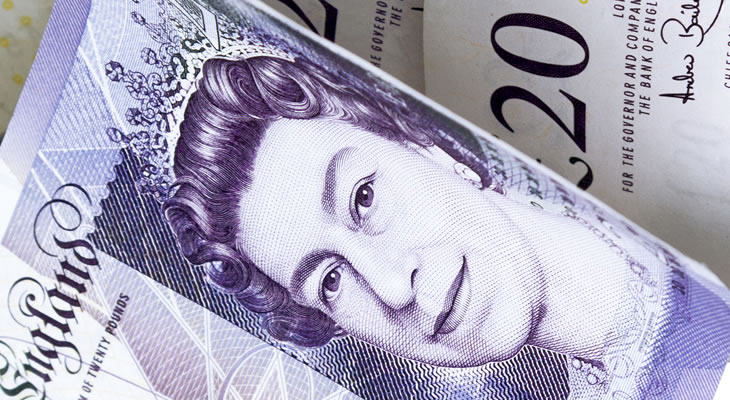With the Pound just having been named the world’s worst performing currency in October, what does the future hold for long-term GBP EUR exchange rates?
GBP EUR Exchange Rate Forecasts Could Sour if BoE Easing Bias Looks Set to Continue
Strong data has buoyed market expectations that the Bank of England (BoE) won’t be loosening monetary policy in this week’s upcoming policy meeting. As well as the latest GDP figures, which showed growth slowed by much less-than-expected, the latest Markit PMIs have also shown that the economy has remained resilient to the shock of the Brexit vote.
Commenting on the latest manufacturing PMI, IHS Markit Senior Economist Rob Dobson claimed;
‘If signs of ongoing solid output expansion and rising price pressures are also experienced elsewhere in the economy, the chances of a further cut in interest rates before year end are virtually nil.’
However, this may not cause a significant upswing for GBP EUR, due to the potential for further interest rate cuts in 2017. A decision to leave borrowing costs and QE on hold would more likely be a pause in the BoE’s current easing bias, rather than a signal it has ended. Chancellor Philip Hammond has already stated that he would approve more QE should the BoE deem it necessary, suggesting further easing is likely in the future.
Federal Reserve and ECB Policy Actions at the Centre of EUR GBP Long Term Exchange Rates
Over the past week the EUR GBP exchange rate has seen price movement of over 1.5%, with a difference of 134 pips between the highest and lowest values of the last seven days. The Euro has been undermined by the mixed picture painted by the latest data, as Eurozone GDP and inflation figures remained sluggish.
Long-term EUR GBP exchange rate forecasts are likely to focus around December’s monetary policy meetings; the Federal Reserve’s will be just as important as the European Central Bank’s. Markets are currently pricing in 78% odds of monetary tightening in the US, with the November policy meeting as good as guaranteeing a rate hike as long as nothing shocks the economy, while the ECB is expected to give a further update on the state of its quantitative easing programme.
Tighter US monetary policy may weaken the Euro, due to the inverse correlation with the US Dollar, but GBP EUR may not be able to gain far. A weakening Euro would lift pressure from the ECB to provide more monetary stimulus, lowering the odds of further monetary loosening, which would ironically support the common currency.
Suggestions from the Governing Council that the asset purchasing programme could be tapered would also support the Euro.
Interbank GBP EUR Exchange Rates
At the time of writing, the Pound Euro (GBP EUR) exchange rate was trending around 1.10, while the Euro Pound (EUR GBP) was trading in the region of 0.90.
The Pound Euro exchange rate had crashed into oversold territory at the beginning of the month, with the relative strength indicators showing the pairing was almost -13 points below the threshold that denotes overselling. Having risen back towards 50, the GBP EUR exchange rate is once again on the decline, falling below 37. If this trend were to continue, the Pound could be set a recovery against the overly-strong Euro in the near-term.


Comments are closed.